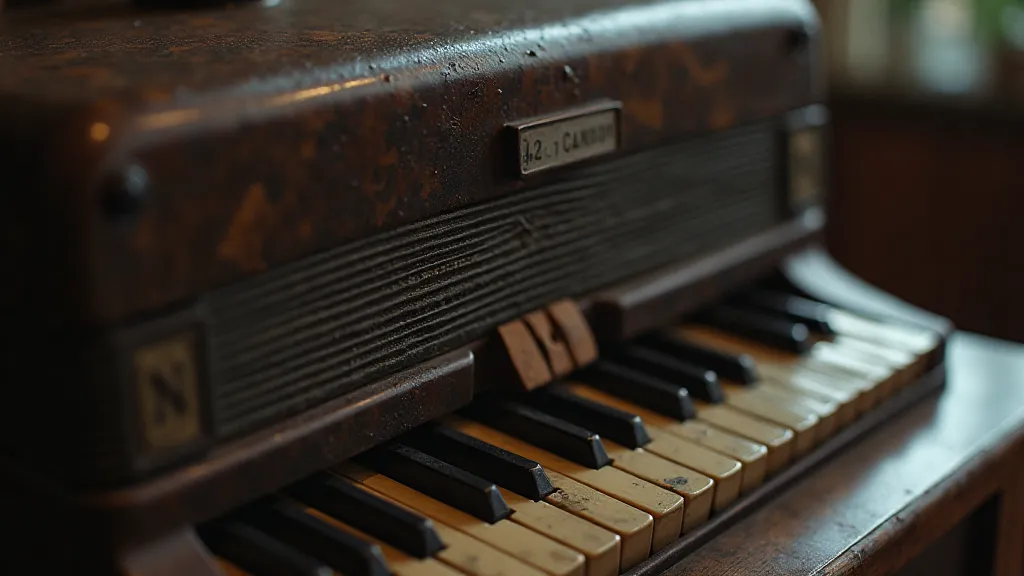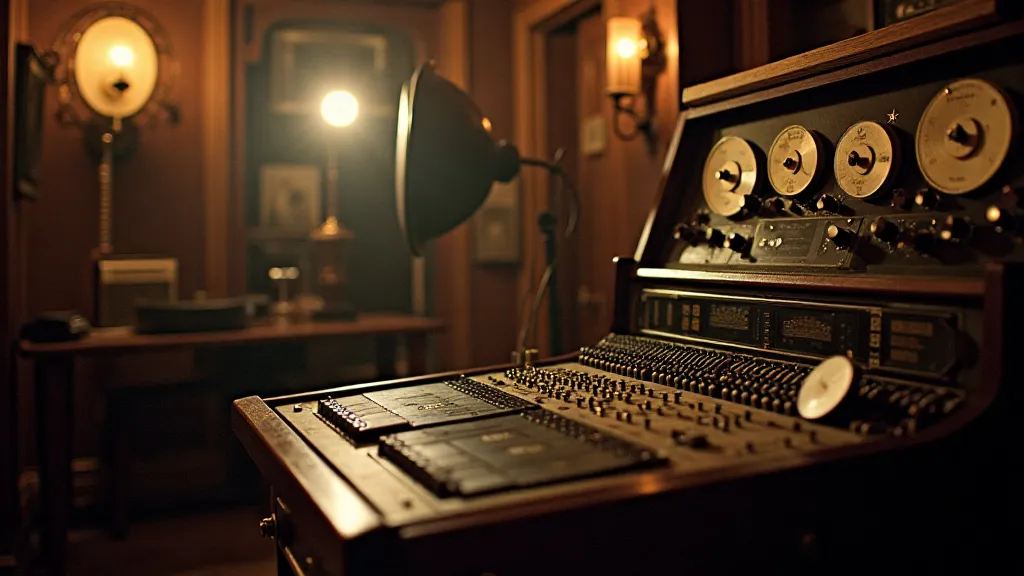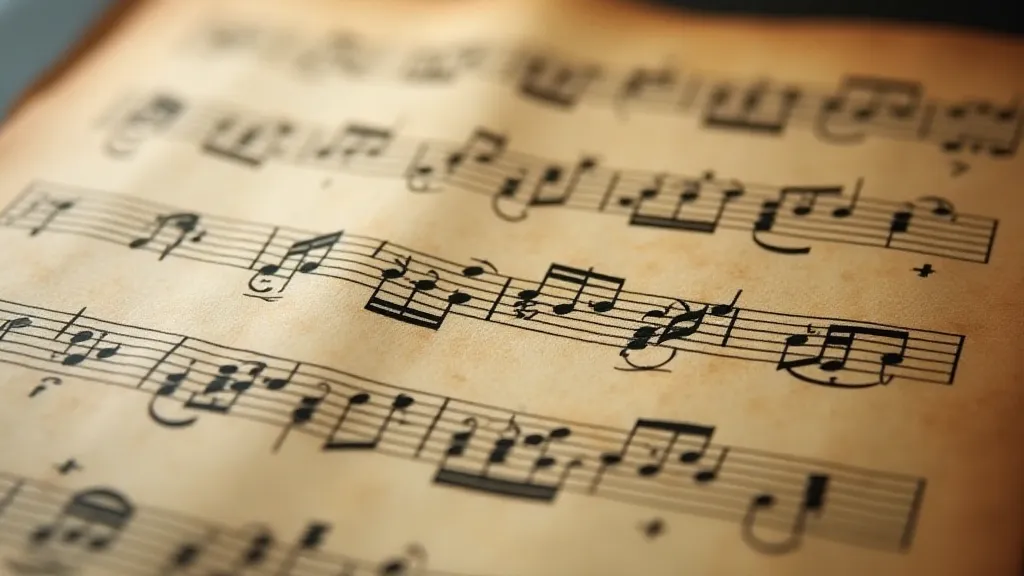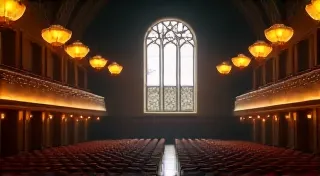The Silent Dialogue: Music and Subconscious Narrative Shifts
We talk about film as a visual medium, a canvas for directors to paint stories with light and shadow. But rarely do we truly discuss the profound, often unseen, work being done by the soundtrack. It's a silent partner, a conspirator in the narrative, capable of shifting our emotional landscape, altering our interpretations, and ultimately, shaping our understanding of the story unfolding on screen – all without a single word being spoken or a significant visual cue being offered. This isn’s about the bombastic orchestral swells accompanying a heroic charge; it’s about the quiet, almost imperceptible manipulations of mood that linger in the memory long after the credits roll. The focus of this piece will be on forgotten films, where these subtle orchestral and instrumental conversations often go unappreciated.
Consider the soundtrack to "The Vanishing Lover" (1965), a criminally overlooked German noir. The music isn’t driving the action so much as it’s underscoring the protagonist’s slow descent into obsession. It's a melancholy waltz, underpinned by a discordant accordion – an instrument often associated with sadness, nostalgia, and a certain degree of social awkwardness. The choice isn't arbitrary; the accordion's inherently fragile, almost plaintive tone perfectly embodies the protagonist's unraveling psyche. It’s a sonic metaphor, a constant reminder of his inner turmoil, more potent than any line of dialogue could ever be.

The Accordion’s Resonance: More Than Just a Sound
The accordion, in particular, holds a unique place in film music. Often relegated to comedy or portrayals of working-class life, it can be a powerful tool for conveying a nuanced emotional spectrum. Its timbre is intrinsically tied to memory, to a feeling of faded glory, of lives lived with quiet desperation. The way the air is squeezed and released, the physical effort required to produce even the simplest melody, lends a palpable sense of vulnerability and fragility. Think of the soundtrack to “The Tin Drum” (1979), where the mournful accordion underscores Oskar Matzerath’s childhood trauma, a visceral counterpoint to his defiant acts. The music isn't simply background noise; it's a participant in his suffering, a mirror reflecting his fragmented innocence.
My own fascination with forgotten soundtracks began with a dusty VHS copy of "The Gardener" (1982), a Canadian psychological thriller. I was captivated not by the plot, which was rather predictable, but by the unsettling score. It featured an unusual combination of synthesized strings and, yes, an accordion. The effect was jarring, disorienting, perfectly capturing the film’s pervasive sense of unease. Discovering the composer, Maurice de Bellefeuille, became a small obsession. He was a prolific but largely unknown figure, working primarily in Canadian television and film, and his music possessed a distinctive, almost haunted quality. Tracking down recordings of his work, often from fragile, forgotten soundtracks, felt like uncovering a hidden treasure.
Beyond the Score: Craftsmanship and Restoration
Restoring forgotten film soundtracks isn't simply about cleaning up audio; it's about preserving a piece of cultural history. Many of these scores were recorded on analog tape, which degrades over time. The process of transferring these recordings to digital formats, cleaning up noise, and restoring the original sonic quality requires a skilled ear and a deep understanding of the limitations of the medium. Sometimes, it’s about recreating elements that are simply lost, piecing together fragments of information to reconstruct the composer’s original intent. The restoration of "A Town Like Alice" (1956)'s score, for instance, involved painstakingly recreating lost sections of music based on surviving cues sheets and recollections from surviving musicians.
The craftsmanship involved in creating these soundtracks is often overlooked. Early film composers frequently worked with limited resources, relying on smaller orchestras and unconventional instrumentation to create their sonic visions. They were masters of suggestion, capable of evoking complex emotions with the simplest of melodies. Consider the work of Miklós Rózsa, whose scores for "Double Indemnity" and "The Killers" are masterpieces of suspense, built on a foundation of dissonant chords and unsettling harmonies. The choices these composers made – the specific instruments they chose, the tempos they selected, the dynamics they employed – all contributed to the film’s overall impact. Many of these earlier compositions relied on live recording, a factor greatly impacting their raw, naturalistic quality. These characteristics are often diminished or lost entirely in the process of modern digital manipulation.

Subconscious Shifts: Music as a Narrative Tool
The brilliance of a truly masterful film score lies not in its volume or complexity, but in its ability to operate on a subconscious level. It's about creating an emotional atmosphere that permeates the film, influencing the audience's perceptions without them even realizing it. A simple shift in tempo, a subtle change in instrumentation, can completely alter the tone of a scene. Think of the opening sequence of "Seconds" (1966), a disturbing descent into madness. The music begins subtly, a seemingly innocuous waltz, but gradually becomes more dissonant, more frantic, reflecting the protagonist's unraveling psyche. The audience doesn't need to be told that something is wrong; the music tells them.
Often, these shifts aren't about grand pronouncements but subtle cues. A minor key substitution, a single, sustained note, can trigger a cascade of emotional responses. The soundtrack to "L’Avventura" (1960), with its sparse, enigmatic score, is a prime example. The music is fragmented, often disconnected from the on-screen action, creating a sense of disorientation and unease. It’s not a traditional score, but it’s arguably more effective in conveying the film’s themes of loss and alienation. The absence of music is often as powerful as its presence, creating a void that speaks volumes.

The Enduring Legacy of Forgotten Scores
These forgotten film soundtracks are more than just pieces of music; they’re windows into a bygone era, reflections of the cultural and artistic sensibilities of their time. They represent a dedication to craft, a willingness to take risks, and a belief in the power of music to shape our perceptions. Rediscovering these scores is not just a matter of nostalgia; it’s a celebration of creativity, a testament to the enduring legacy of the unsung heroes of cinema. While the visual spectacle of film often takes center stage, it’s the silent dialogue of the soundtrack that truly resonates, that lingers in the memory long after the lights have come up.





